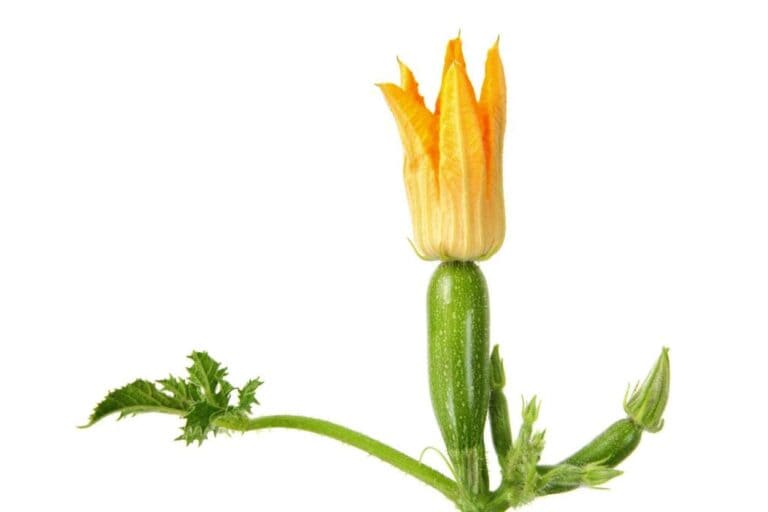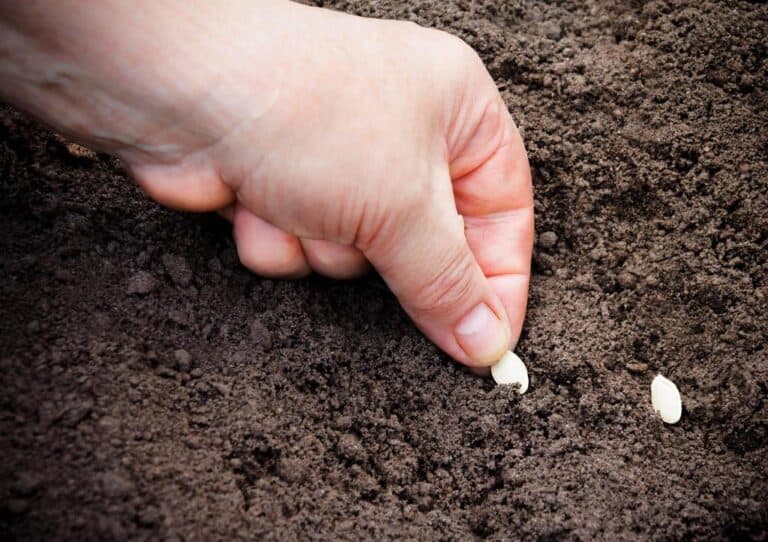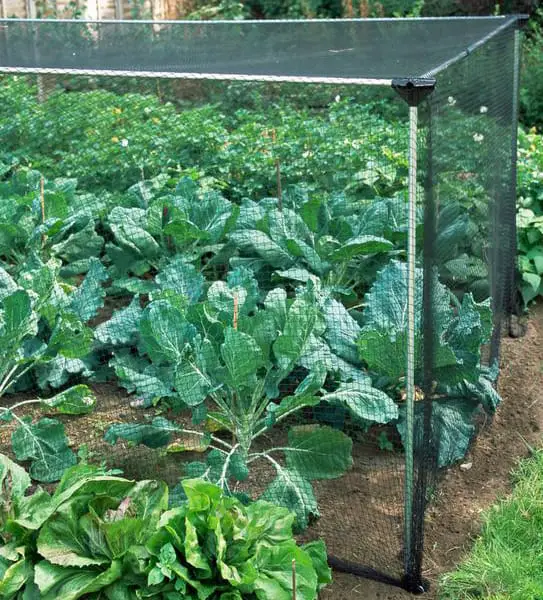When to Plant Garlic in NSW Australia: Guide for Optimal Growth

Garlic, with its robust flavor and myriad health benefits, is a must-have in every kitchen garden. Planting garlic can be a rewarding experience, but do you know the optimal time to plant it in NSW, Australia?
Timing is crucial to ensuring your garlic cloves develop into robust, flavorful bulbs. Knowing the best time to plant garlic here can greatly affect your harvest.
This article will show you the best months and conditions for planting garlic in NSW. This knowledge will help you maximize your garlic yield, ensuring you enjoy a bountiful and delicious harvest.
Understanding the Climate in NSW
New South Wales has a diverse climate, ranging from temperate in the south to subtropical in the north. This variability influences the ideal planting times and methods for garlic.
Climate Zones in NSW
- Coastal Areas: Mild winters and warm summers, suitable for a wide range of garlic varieties.
- Inland Areas: Cooler winters and hot summers, ideal for cold-hardy garlic types.
- Mountain Regions: Cold winters with potential frost, perfect for hardneck garlic varieties.
The Best Time to Plant Garlic in NSW

The timing of garlic planting is crucial for a successful harvest. In NSW, the best time to plant garlic is during the cooler months, allowing the bulbs to establish roots before the summer heat.
Optimal Planting Months
- March to May: Ideal for most regions in NSW. Planting during these months ensures that garlic has enough time to establish before the summer.
- June to August: Suitable for colder regions or late planting. Ensure to protect young plants from extreme cold or frost.
Planting Calendar for Different Regions
| Region | Optimal Planting Period | Suitable Garlic Types |
| Coastal Areas | April to May | Softneck, hardneck |
| Inland Areas | March to April | Hardneck, softneck |
| Mountain Regions | March to May | Hardneck |
Preparing the Soil
Garlic thrives in well-drained, fertile soil with a neutral to slightly acidic pH (6.0-7.0). Proper soil preparation is key to ensuring healthy garlic growth.
Soil Testing and Amendment
- Test the Soil: Conduct a soil test to determine pH and nutrient levels.
- Amend the Soil: Add organic matter such as compost or well-rotted manure to improve soil structure and fertility.
Bed Preparation
- Raised Beds: Consider planting garlic in raised beds to enhance drainage and soil warmth.
- Mulching: Apply a layer of mulch, such as straw or shredded leaves, to retain moisture and suppress weeds.
Choosing the Right Garlic Varieties
Selecting the right garlic variety is essential for successful cultivation. Garlic is generally categorized into two main types: hardneck and softneck.
Hardneck Garlic
- Characteristics: Produces a flower stalk (scape), has fewer but larger cloves, and is known for its strong flavor.
- Best for: Colder regions, as it is more cold-hardy.
- Popular Varieties: Rocambole, Purple Stripe, Porcelain.
Softneck Garlic
- Characteristics: Does not produce a flower stalk, has more but smaller cloves, and tends to have a milder flavor.
- Best for: Warmer regions, as it is less cold-hardy.
- Popular Varieties: Silverskin, Artichoke.
Planting Garlic
Selecting Seed Garlic
Choose high-quality seed garlic from a reputable supplier. Avoid grocery store garlic, as it may be treated with chemicals to prevent sprouting.
- Bulb Selection: Select large, healthy bulbs without any signs of disease or damage.
- Clove Preparation: Break bulbs into individual cloves, keeping the papery skin intact.
Planting Steps
- Planting Depth: Plant garlic cloves 5-7 cm deep, with the pointed end facing up.
- Spacing: Space cloves 10-15 cm apart in rows spaced 30-45 cm apart. Space the cloves to allow the bulbs to develop fully, without competition for nutrients.
- Watering: Water thoroughly after planting to help settle the soil and encourage root development.
Caring for Garlic Plants
Caring for garlic plants requires a blend of attention to detail and a basic understanding of their growth needs. Garlic thrives in well-drained, rich soil. So, prepare the bed with compost or well-rotted manure.
Watering
Throughout the growing season, consistent watering is crucial, especially during dry periods. Garlic prefers a steady moisture supply, but care should be taken to avoid waterlogging, which can lead to root rot.
- Frequency: Water garlic regularly, keeping the soil moist but not waterlogged.
- Method: Use a soaker hose or drip irrigation to water at the base of the plants, avoiding wetting the foliage.
Fertilizing
Apply a balanced fertilizer in early spring as the garlic begins to grow.
- Type: Use a slow-release, balanced fertilizer formulated for bulbs.
- Application: Follow the manufacturer’s instructions for application rates and methods.
Mulching
Mulching around the plants retains soil moisture and suppresses weeds. It creates an ideal environment for growth. Mulching helps retain soil moisture and suppress weeds.
- Mulch Type: Use organic mulch such as straw, bark, or compost.
- Depth: Apply a layer of mulch 5-10 cm deep around the base of the plants.
Pest and Disease Management
As the plants mature, watch for pests and diseases. Look for yellowing leaves or moldy bulbs. Address any issues promptly.
You should closely monitor garlic plants for signs of pests and diseases, and take appropriate action if needed.
Common Pests
- Aphids: Small insects that suck sap from garlic leaves and stems.
- Onion Thrips: Tiny insects that feed on garlic leaves, causing silver streaks.
- Nematodes: Microscopic worms that attack garlic roots and bulbs.
Common Diseases
- White Rot: A fungal disease that causes yellowing leaves and rotting bulbs.
- Rust: A fungal disease that causes orange pustules on leaves.
- Downy Mildew: A fungal disease that causes yellow patches on leaves.
Control Methods
- Natural Predators: Encourage beneficial insects such as ladybugs and lacewings.
- Organic Sprays: Use neem oil or insecticidal soap to control pests.
- Crop Rotation: Rotate garlic with non-allium crops to prevent soil-borne diseases.
Harvesting Garlic
Garlic is ready to harvest when the lower leaves start to yellow and dry, while the upper leaves remain green.
Harvesting Steps
- Timing: Harvest garlic in late spring to early summer, depending on planting time and variety.
- Method: Carefully dig up bulbs with a garden fork, avoiding damage.
- Curing: Cure garlic in a warm, dry, and well-ventilated area for 2-3 weeks.
Storing Garlic
Proper storage ensures garlic remains fresh and usable for months.
- Cleaning: Remove excess soil and trim roots, leaving the papery skin intact.
- Storage Conditions: Store garlic in a cool, dark, and dry place with good air circulation.
- Avoid Refrigeration: Do not refrigerate garlic, as it can promote sprouting.
Storage Lifespan
| Garlic Type | Storage Duration |
| Hardneck | 3-6 months |
| Softneck | 6-9 months |
Conclusion
Planting garlic in NSW, Australia, can be a rewarding experience, providing you with a bountiful harvest of flavorful bulbs. You can have a successful garlic crop every year. To do this, understand the climate, choose the right varieties, and follow proper planting and care techniques.
These guidelines will help your garlic thrive, no matter where you plant it: coastal, inland, or mountainous areas. It will add a delicious touch to your cooking. Happy planting!






